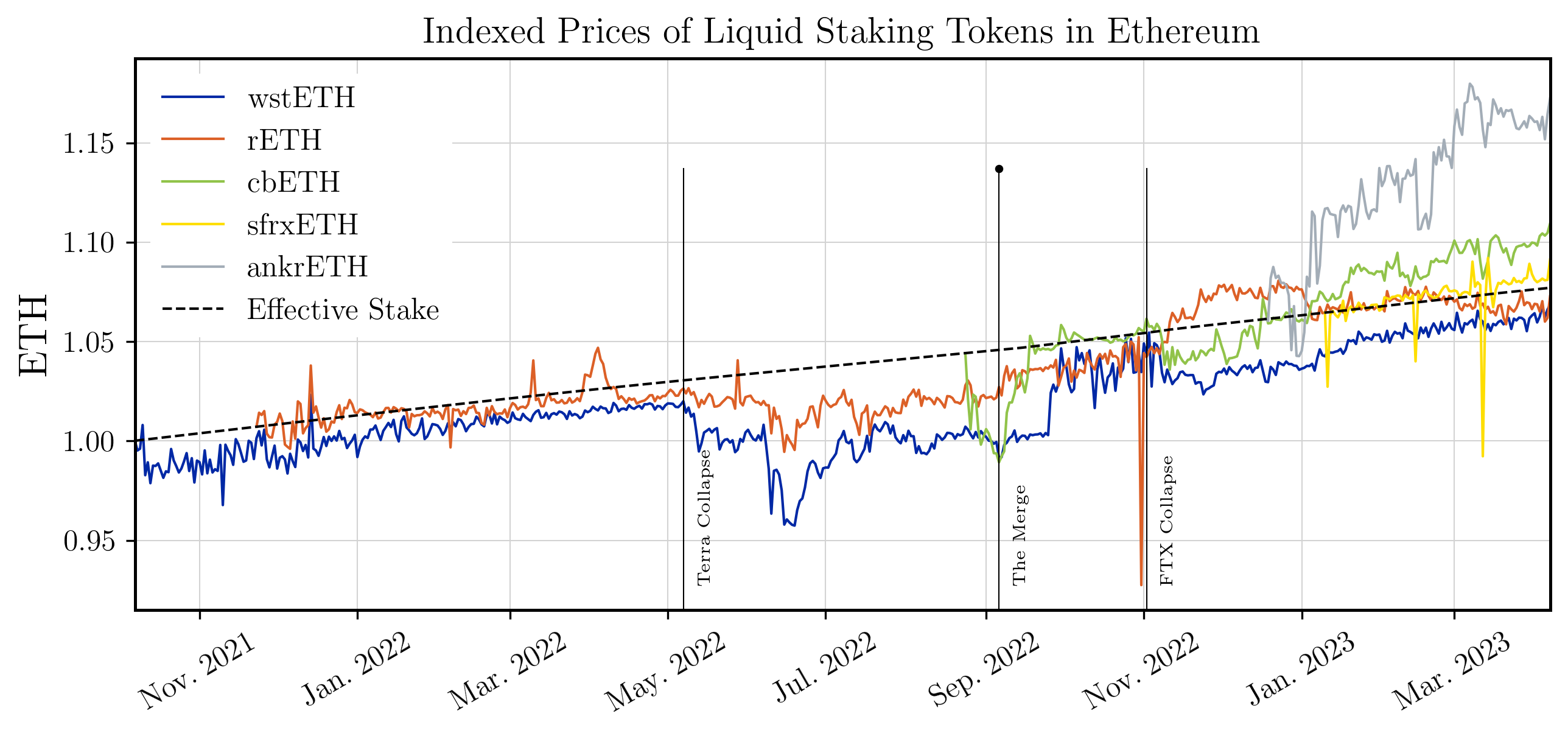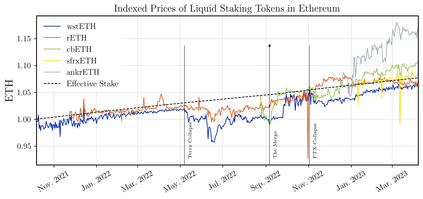Liquid staking has become the largest category of decentralized finance protocols in terms of total value locked. However, few studies exist on its implementation designs or underlying risks. The liquid staking protocols allow for earning staking rewards without the disadvantage of locking the capital at the validators. Yet, they are seen by some as a threat to the Proof-of-Stake blockchain security. This paper is the first work that classifies liquid staking implementations. It analyzes the historical performance of major liquid staking tokens in comparison to the traditional staking for the largest Proof-of-Stake blockchains. Furthermore, the research investigates the impact of centralization, maximum extractable value and the migration of Ethereum from Proof-of-Work to Proof-of-Stake on the tokens' performance. Examining the tracking error of the liquid stacking providers to the staking rewards shows that they are persistent and cannot be explained by macro-variables of the currency, such as the variance or return.
翻译:暂无翻译




